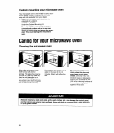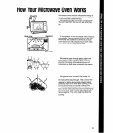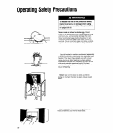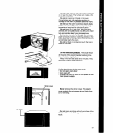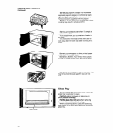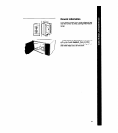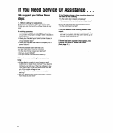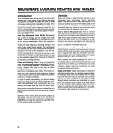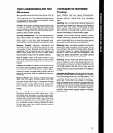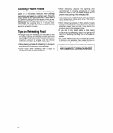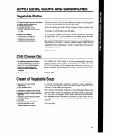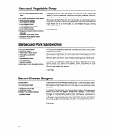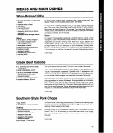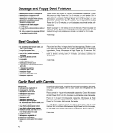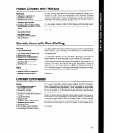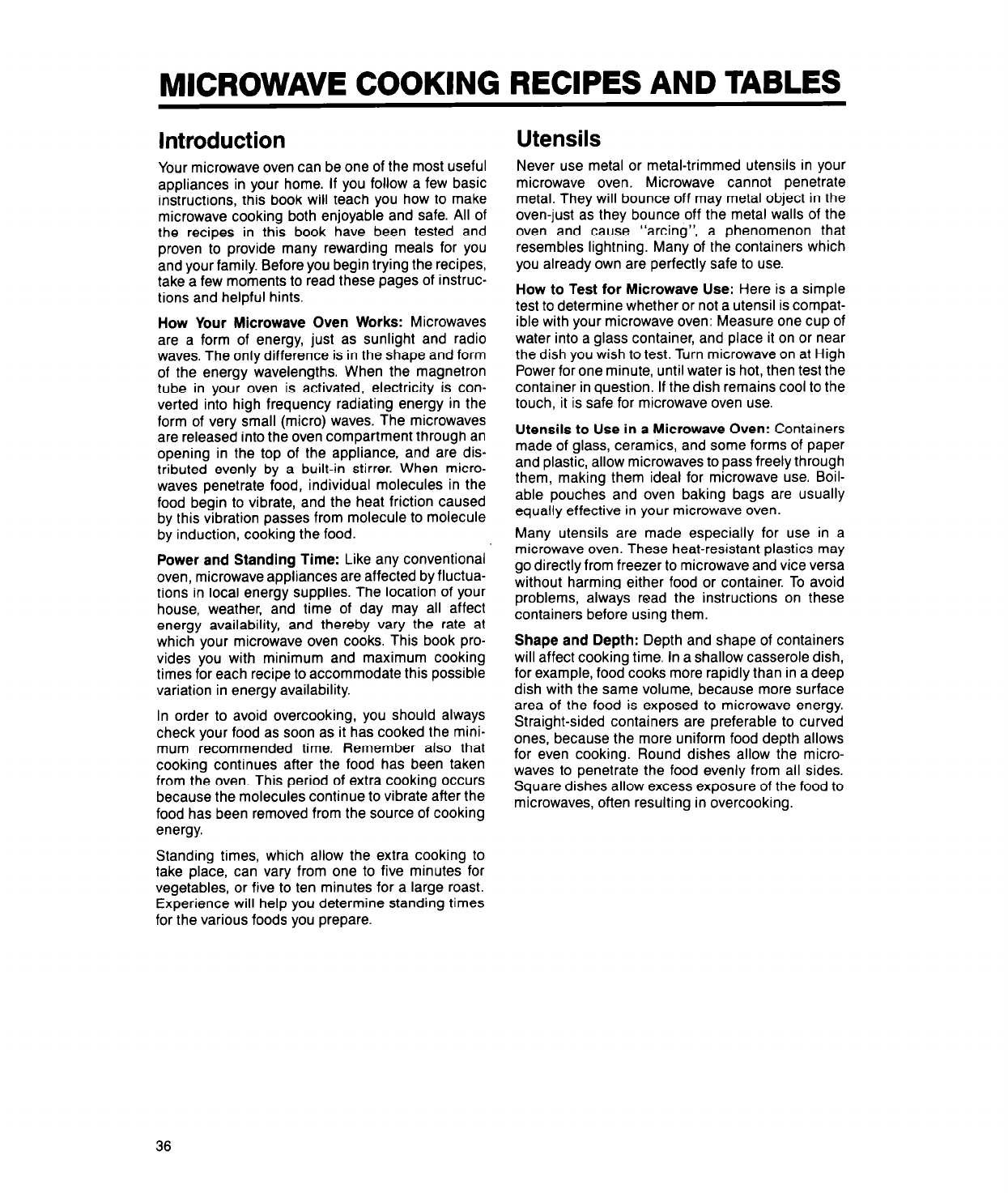
MICROWAVE COOKING RECIPES AND TABLES
Introduction
Your microwave oven can be one of the most useful
appliances in your home. If you follow a few basic
instructions, this book will teach you how to make
microwave cooking both enjoyable and safe. All of
the recipes in this book have been tested and
proven to provide many rewarding meals for you
and your family. Before you begin trying the recipes,
take a few moments to read these pages of instruc-
tions and helpful hints.
How Your Microwave Oven Works: Microwaves
are a form of energy, just as sunlight and radio
waves. The only difference is in the shape and form
of the energy wavelengths. When the magnetron
tube in your oven is activated, electricity is con-
verted into high frequency radiating energy in the
form of very small (micro) waves. The microwaves
are released into the oven compartment through an
opening in the top of the appliance, and are dis-
tributed evenly by a built-in stirrer. When micro-
waves penetrate food, individual molecules in the
food begin to vibrate, and the heat friction caused
by this vibration passes from molecule to molecule
by induction, cooking the food.
Power and Standing Time: Like any conventional
oven, microwave appliances are affected by fluctua-
tions in local energy supplies. The location of your
house, weather, and time of day may all affect
energy availability, and thereby vary the rate at
which your microwave oven cooks. This book pro-
vides you with minimum and maximum cooking
times for each recipe to accommodate this possible
variation in energy availability.
In order to avoid overcooking, you should always
check your food as soon as it has cooked the mini-
mum recommended time. Remember also that
cooking continues after the food has been taken
from the oven. This period of extra cooking occurs
because the molecules continue to vibrate after the
food has been removed from the source of cooking
energy.
Standing times, which allow the extra cooking to
take place, can vary from one to five minutes for
vegetables, or five to ten minutes for a large roast.
Experience will help you determine standing times
for the various foods you prepare.
Utensils
Never use metal or metal-trimmed utensils in your
microwave oven. Microwave cannot penetrate
metal. They will bounce off may metal object in the
oven-just as they bounce off the metal walls of the
oven and cause “arcing”, a phenomenon that
resembles lightning. Many of the containers which
you already own are perfectly safe to use.
How to Test for Microwave Use: Here is a simple
test to determine whether or not a utensil is compat-
ible with your microwave oven: Measure one cup of
water into a glass container, and place it on or near
the dish you wish to test. Turn microwave on at High
Power for one minute, until water is hot, then test the
container in question. If the dish remains cool to the
touch, it is safe for microwave oven use.
Utensils to Use in a Microwave Oven: Containers
made of glass, ceramics, and some forms of paper
and plastic, allow microwaves to pass freely through
them, making them ideal for microwave use. Boil-
able pouches and oven baking bags are usually
equally effective in your microwave oven.
Many utensils are made especially for use in a
microwave oven. These heat-resistant plastics may
go directly from freezer to microwave and vice versa
without harming either food or container. To avoid
problems, always read the instructions on these
containers before using them.
Shape and Depth: Depth and shape of containers
will affect cooking time. In a shallow casserole dish,
for example, food cooks more rapidly than in a deep
dish with the same volume, because more surface
area of the food is exposed to microwave energy.
Straight-sided containers are preferable to curved
ones, because the more uniform food depth allows
for even cooking. Round dishes allow the micro-
waves to penetrate the food evenly from all sides.
Square dishes allow excess exposure of the food to
microwaves, often resulting in overcooking.
36



